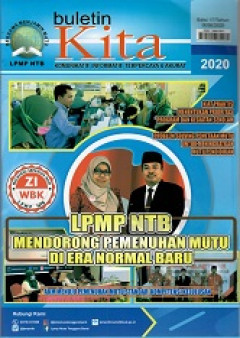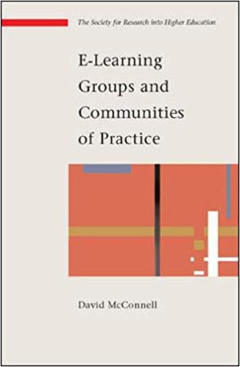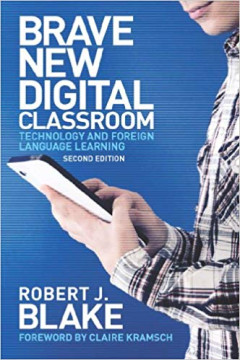Ditapis dengan

Educational Technology: Best Practices from America's Schools
Since the publication of the first edition of Educational Technology: Best Practices from America's Schools, there have been remarkable advances in computers and computer-related hardware, as well as significant reductions in costs. Although this progress is leading to many noteworthy developments in instruc-tional technology, we are only beginning to realize its promise. This new edition profi…
- Edisi
- 2nd Edition
- ISBN/ISSN
- 1-883001-59-5
- Deskripsi Fisik
- -
- Judul Seri
- -
- No. Panggil
- 371.33 BOZ e

E-Learning Groups and Communities
This book outlines approaches to networked e-learning course design that are underpinned by a belief that students learn best in these contexts when they are organized in groups and communities. As such, the book is one of the first to provide a detailed analysis of what goes on in e-learning groups and communities. But how do students react to working in e-learning groups and communities? Wh…
- Edisi
- 1st ed
- ISBN/ISSN
- 978-0335212804
- Deskripsi Fisik
- 224 pages.; 6 x 0.5 x 9 inches
- Judul Seri
- -
- No. Panggil
- 153.15 MCC e

Brave New DIgital Classroom Technology And Foreign Language Learning
Brave New Digital Classroom deftly interweaves results of pedagogical research and descriptions of the most successful computer-assisted language learning (CALL) projects to explore how technology can best be employed in the foreign-language curriculum to assist the second language acquisition process. Directed to all language teachersùwhether at the school or the postsecondary level, with or …
- Edisi
- Second Edition
- ISBN/ISSN
- 978-1-58901-976-8
- Deskripsi Fisik
- -
- Judul Seri
- Technology And Foreign Language Learning
- No. Panggil
- 823 BLA b

How to Design and Evaluate Research in Education
How to Design and Evaluate Research in Education provides a comprehensive introduction to educational research. The text covers the most widely used research methodologies and discusses each step in the research process in detail. Step-by-step analysis of real research studies provides students with practical examples of how to prepare their work and read that of others. End-of-chapter problem …
- Edisi
- cet 7
- ISBN/ISSN
- 0078097851
- Deskripsi Fisik
- -
- Judul Seri
- -
- No. Panggil
- 370.7 FRA h
 Karya Umum
Karya Umum  Filsafat
Filsafat  Agama
Agama  Ilmu-ilmu Sosial
Ilmu-ilmu Sosial  Bahasa
Bahasa  Ilmu-ilmu Murni
Ilmu-ilmu Murni  Ilmu-ilmu Terapan
Ilmu-ilmu Terapan  Kesenian, Hiburan, dan Olahraga
Kesenian, Hiburan, dan Olahraga  Kesusastraan
Kesusastraan  Geografi dan Sejarah
Geografi dan Sejarah